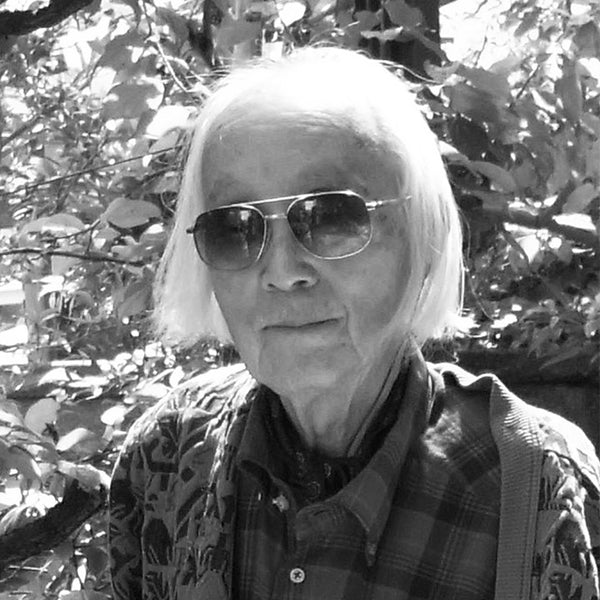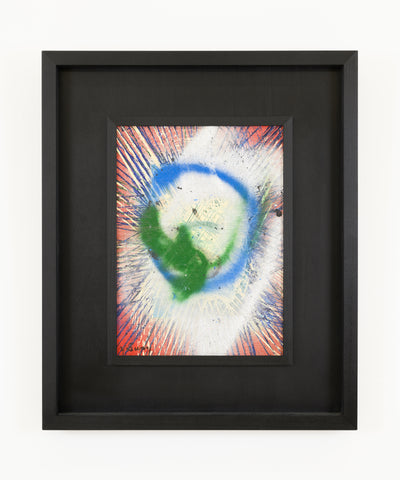YASUO SUMI
Yasuo Sumi started painting while working as a high school teacher alongside Shozo Shimamoto, one of the founding members of the Gutai Art Association. While utilizing the soroban (abacus), initially known as a tool for teaching mathematics, Sumi stumbled upon a delightful revelation: painting and rolling the soroban onto paper produced a strikingly beautiful pattern. After this discovery, the soroban became a key aspect of Sumi’s technique, in addition to using traditional Japanese umbrellas and even vibrators to create patterns. Sumi joined the Gutai group in 1955 and exhibited his works at each subsequent Gutai exhibition until the group’s dissolution. His numerous improvisational creations reflected his three principles: yakekuso (desperation), fumajime (irreverence), and charanporan (irresponsibility). Jiro Yoshihara, the leader of Gutai, praised this philosophy. Like his contemporary, Shozo Shimamoto, Sumi presented artworks in many exhibitions in Europe and the United States and gained popularity, particularly in Italy.
ABOUT GUTAI »

















